Underground: Finding the Light to Freedom
Underground: Finding the Light to Freedom
Written and illustrated by Shane W. Evans
Published by Roaring Brook Press, 2011
ISBN # 978-1596435384
All grades
Book Review
“The darkness.”
“The fear.”
“We run.”
With these succinct opening statements, award winning illustrator Shane Evans provides an intimate portrait of a family’s nighttime flight from slavery in his new picture book, Underground. Each double-page spread offers a suspenseful snapshot of the family’s journey as they crawl, rest, and meet hardship, hope, and help along the Underground Railroad. By employing minimalist text and zooming his mixed-media illustrations in on the family’s faces, Evans’s work renders a powerful emotional impact on readers. And yet, what is left unsaid in his prose and hidden in the shadowy contours of his artwork are what appear most compelling. Teachers will find Underground a remarkable introduction to this significant piece of history, as well as one that can facilitate rich discussions about and insight into the successes and risks faced by those who braved the journey.
Teaching Invitations
Grades K-2
- Emergent Literacy and Higher Level Comprehension. The simple text of this book provides a fantastic opportunity for young students to practice high frequency words and predictable patterns. However, simple decoding is not all this book requires. For many students, this may be the first time they learn about slavery, let alone the Underground Railroad. The combination of simple decoding but complex meaning-making makes this book a fantastic resource for helping young students develop different reading skills at once. Use this book as a read aloud, or perhaps a guided reading text with a small group, to have them work on their emergent literacy skills: using picture clues, high frequency words, and predictable word and sentence patterns to figure out the text. And of course, support students’ comprehension of the text by engaging them in discussions about the Underground Railroad.
Grades 3 and up
- Precise and Concise Language. One of the most striking features of Underground is its simple, yet effectively terse text. Engage students in a discussion about how Evans manages to convey so much with so few words. This may naturally involve discussions and activities involving synonyms and deliberations about the different connotations certain synonyms have. Encourage students to revisit some of their own writing and try revising their language with more precise, concise, and powerful words.
- Examining Mood. The mood of a story is the atmospheric and emotional impact it has on readers (while tone is the author’s outlook and attitude on the topic). Evans employs both language and illustration to evoke a particular mood in Underground. How might the mood of the story be changed if he had used different words or pictures? For example, the book opens with just two words: “The darkness.” Have students write a short story that specifically highlights a certain mood—or have them revisit a piece they have already begun and revise it to really emphasize the mood they want their audience to feel.
- The Power of Light. Picture book illustrators often use the concept of light to accent the mood of a story. For instance, to complement the opening sentence, the only colors on the first page are black, blue, and scattered bits of white. Notice how Evans plays with color, shadows, lines, and sources of light across the pages of Underground. Facilitate a discussion about the illustrations, and conduct similar inquiries across other picture books. Jacqueline Woodson’s Coming on Home Soon (illustrated by E. B. Lewis) and Robert Burleigh’s One Giant Leap (illustrated by Mike Wimmer) are two examples of picture books that students can examine for their incorporation of light to accentuate the mood of the story.
Critical Literacy
ADVERTISEMENT
ADVERTISEMENT
- Rescuers, Bystanders, Followers, and Leaders. A whole host of people participated in the Underground Railroad, playing different roles to ensure its success. Among those roles are those of a rescuer, bystander, follower, and leader. But how are each of those roles represented in children’s literature about this phenomenon? For example, are slaves depicted as dependent on the benevolence of others, or are they shown to be self determined and resourceful? What roles do wealthy people play, or people of other races? Gather a text set about the Underground Railroad and survey their depictions of characters in these roles. How might the different representations as a whole uphold or break stereotypes? And how might the discoveries made through this activity inspire students to reconstruct some of their knowledge about this part of American history? The titles listed in the Further Explorations section below are useful for this activity.
Further Explorations
Online Resources
Shane W. Evans’s website
http://www.shaneevans.com
Slavery and the Making of America – a PBS series
http://www.pbs.org/wnet/slavery
Library of Congress American Memory website on slavery
http://memory.loc.gov/ammem/snhtml
National Geographic’s Underground Railroad website and activities
http://www.nationalgeographic.com/railroad
Scholastic’s Underground Railroad website and activities
http://teacher.scholastic.com/activities/bhistory/underground_railroad
National Underground Railroad Freedom Center
http://www.freedomcenter.org/underground-railroad
Virtual Underground Railroad Quilt
http://www.beavton.k12.or.us/greenway/leahy/ugrr/index.htm
National Park Service – information about Historic Sites for the Underground Railroad
http://www.cr.nps.gov/aahistory/ugrr/ugrr.htm
Books
Edwards, P. D. (1997). Barefoot: Escape on the Underground Railroad. Ill. by H. Cole. New York: HarperTrophy.
- This arresting and sober picture book follows the nighttime flight of a young man from slavery.
Fradin, D. B. (2000). Bound for the North Star: True stories of fugitive slaves. New York: Clarion Books.
- With archival photographs and primary source quotations, this collection provides 12 remarkable stories of successful escapes by runaway slaves.
Hopkinson, D. (1993). Sweet Clara and the freedom quilt. Ill. by J. Ransome. New York: Dragonfly Books.
- A picture book based on the true story of a quilt that provides a map from to freedom.
Hopkinson, D. (2005). Under the quilt of night. Ill. by J. Ransome. New York: Aladdin.
- A companion book to Sweet Clara and the Freedom Quilt, this picture book uses verse to follow a young runaway slave’s journey to Canada.
Levine, E. (2007). Henry’s freedom box. Ill. by K. Nelson. New York: Scholastic.
- A Caldecott Honor picture book about the true story of Henry Brown, who mailed himself in a crate to “a place where there are no slaves.”
Morrow, B. O. (2003). A good night for freedom. Ill. by L. Jenkins. New York: Holiday House.
- In this picture book, a young girl must decide whether to help or reveal the two runaway slaves she discovers hiding in a cellar.
ADVERTISEMENT
ADVERTISEMENT
Nelson, V. M. (2003). Almost to freedom. Ill. by C. Bootman. Minneapolis, MN: Carolrhoda Books.
- This Coretta Scott King Illustrator Award winning picture book about the story of a young girl’s painful struggles and eventual escape from slavery, told by the beloved rag doll she had to leave behind.
Rappoport, D. (2000). Freedom river. Ill. by B. Collier. New York: Hyperion.
- This beautiful picture book recounts the true story of former slave and successful businessman John Parker, who bought his freedom and worked with the Underground Railroad to help others gain theirs.
Slate, J. (2009). I want to be free. Ill. by E. B. Lewis. New York: G. P. Putnam’s Sons.
- A retelling of Rudyard Kipling’s novel Kim, this picture book recounts the narrative of an escaped slave who finds and cares for a slave child who is orphaned and ill.
Winter, J. (1988). Follow the drinking gourd. New York: Knopf.
- The account of an old white sailor who teaches southern slaves a folk song whose lyrics reveal directions for following the Underground Railroad.
Filed under: Historical Fiction
About Grace Enriquez
Grace is an associate professor of language and literacy at Lesley University. A former English Language Arts teacher, reading specialist, and literacy consultant, she teaches and writes about children’s literature, critical literacies, and literacies and embodiment. Grace is co-author of The Reading Turn-Around and co-editor of Literacies, Learning, and the Body.
ADVERTISEMENT
ADVERTISEMENT
SLJ Blog Network
One Star Review, Guess Who? (#202)
Review of the Day: My Antarctica by G. Neri, ill. Corban Wilkin
Exclusive: Giant Magical Otters Invade New Hex Vet Graphic Novel | News
Parsing Religion in Public Schools
Take Five: LGBTQIA+ Middle Grade Novels
ADVERTISEMENT



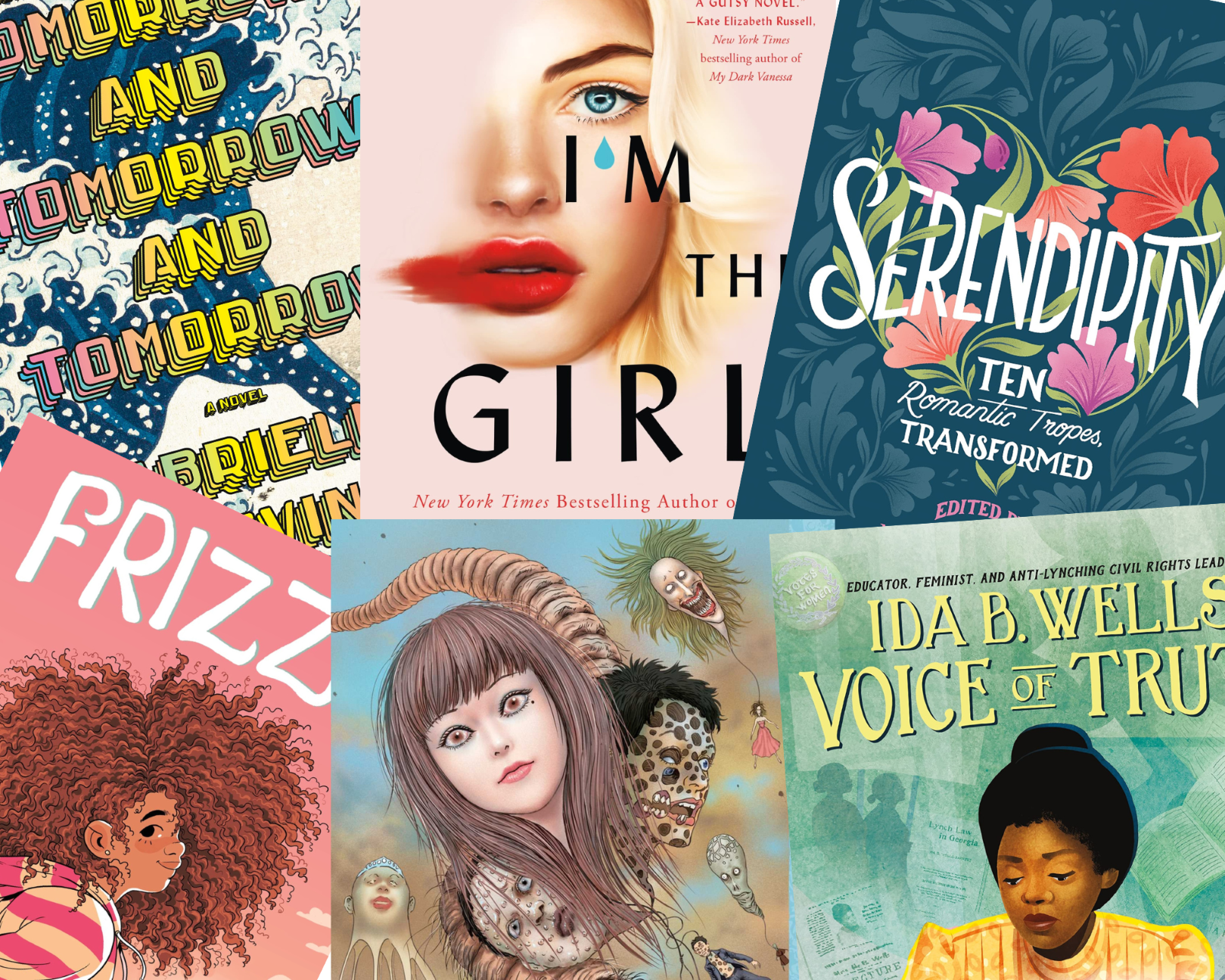
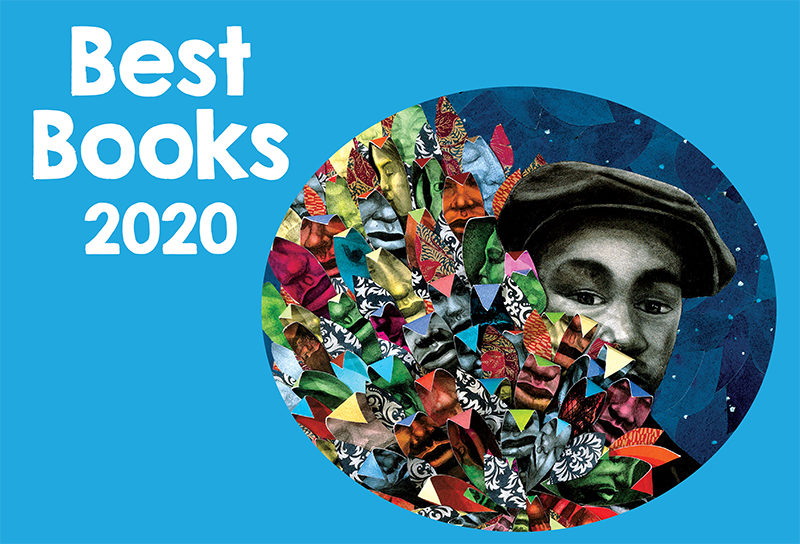
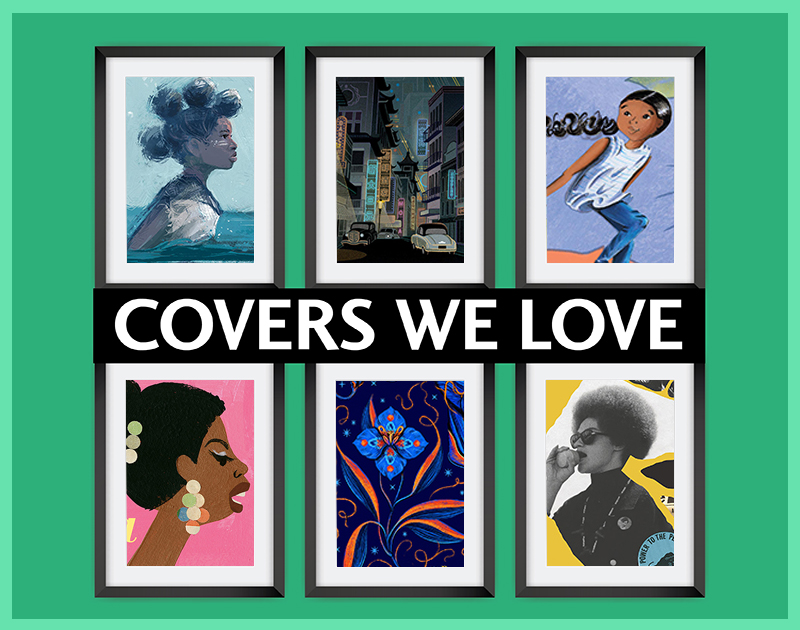
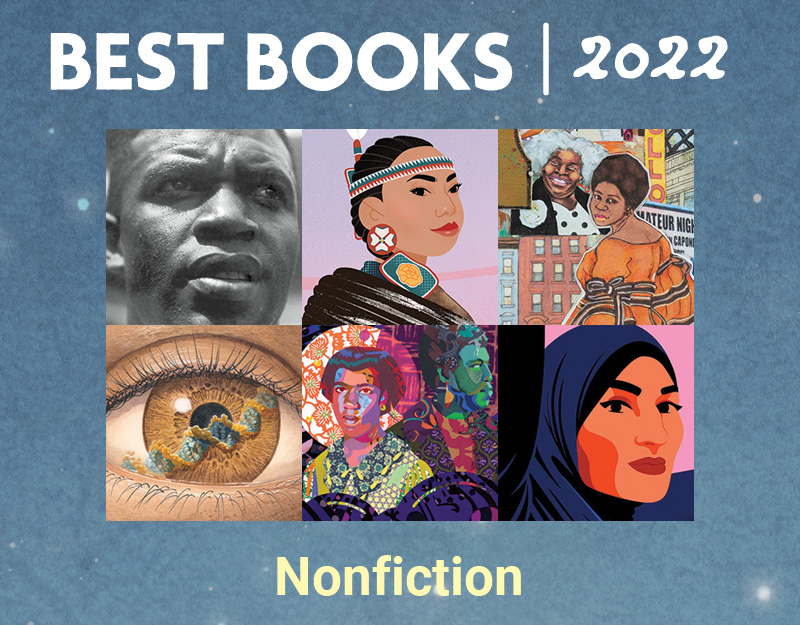
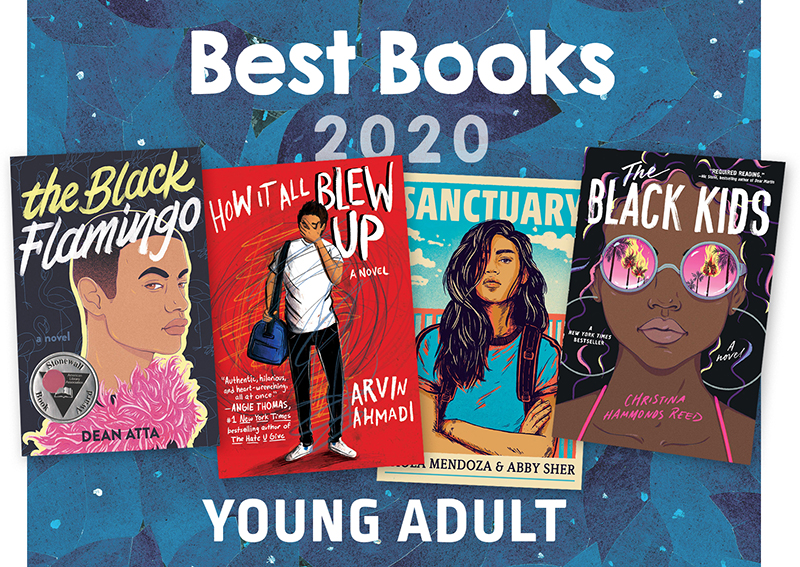
What a wonderful resource your post is! I found it after I read the book and while writing my review, decided to check out other blog reviews. I am bookmarking your post for the resources. Well done and thank you!
brenda